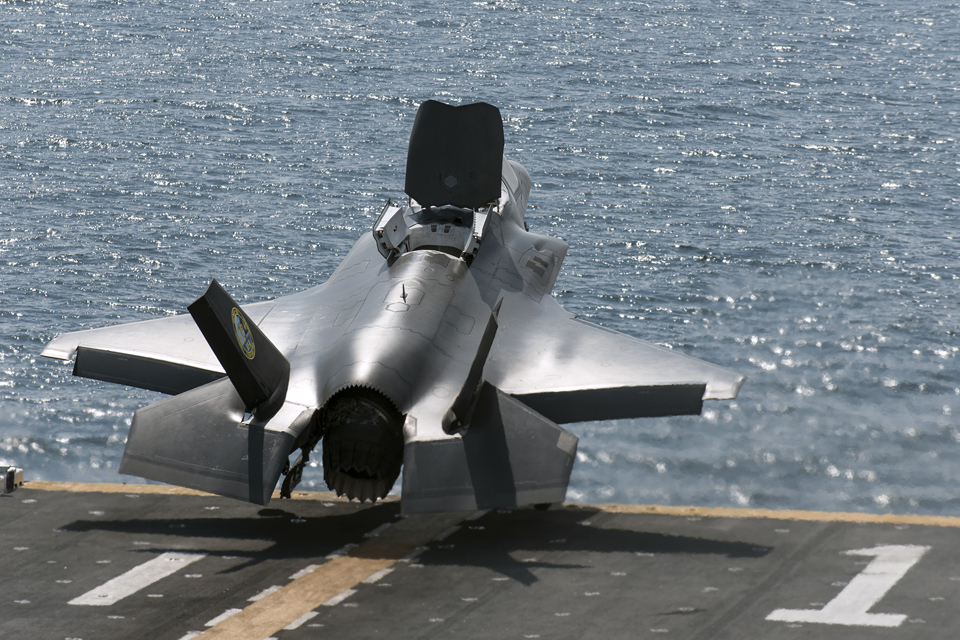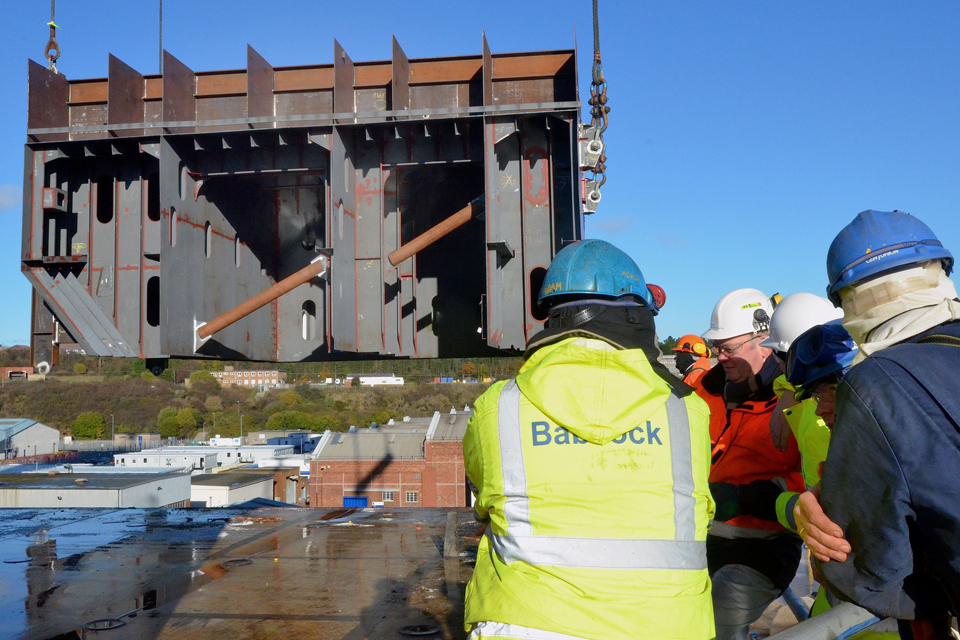11/11/2013 Defence IQ Press
South Korea's air force has asked for enhanced stealth capability for fighter jets set to be purchased, a government source briefed on the matter said on Monday, further bolstering the chances of Lockheed Martin winning the tender with its F-35s.
In September, South Korea's government bowed to public pressure and voted down a bid by Boeing to supply 60 warplanes, saying it would restart the multi-billion tender process to get a more advanced, radar-evading fighter.
At the time, only Boeing's bid had come within budget.
The source said the air force's request will need to be approved at a meeting of the country's Joint Chiefs of Staff expected near the end of November before being finalized at a committee chaired by the defense minister.
The Eurofighter consortium is also bidding in the 8.3 trillion won ($7.8 billion) tender. [Reuters]
Outgoing Deputy Defense Secretary Ashton Carter has been using some of his remaining days as the Pentagon's No. 2 to tout the F-35 Joint Strike Fighter as a job-saving hedge against budget cuts.
In visits to Western air bases this week, Carter, who stunned the Pentagon last month with the announcement of his retirement, said that DoD's commitment to the F-35 would protect civilian and contactor jobs.
He said it would also protect bases flying the F-35 from another round of base closings that Congress has been pressed to consider.
At Hill Air Force Base in Utah, Carter told airmen and civilians that "Hill has a very bright future" because of its selection as one of the first bases to receive the F-35.
"You will host the F-35, which is the linchpin of our tactical future for all three services that will fly them, and Hill is going to have a big part in that future," said Carter, who will leave the Pentagon in December.
In tough times for military spending, Hill has been "a leader in simply getting better buying power for the warfighter and the taxpayer," Carter said.
Carter's remarks were aimed at relieving concerns at Hill about the long-term viability of the base that serves as one of Utah's top employers. Nearly 3,000 civilian employes at Hill were furloughed during the 16-day government shutdown last month.
Carter's remarks at Hill on the F-35 followed on a major policy address by Defense Secretary Chuck Hagel in Washington on Tuesday. Hagel said that coming budget cuts would likely result in tradeoffs that would favor advances in technological capability, symbolized by the F-35, over maintaining current force levels. [Military.com]
The F-35 fighter jet continues to be the U.S. Defense Department’s highest acquisition priority despite looming budget cuts, the Pentagon’s top weapons buyer said.
The stealthy, fifth-generation fighter, known as Lightning II and made by Bethesda, Md., Lockheed Martin Corp., is the military’s most expensive weapons program, estimated to cost almost $400 billion to develop and build 2,457 aircraft.
The Joint Strike Fighter program began in the 1990s and has been plagued by cost overruns and delays. The price tag alone makes it a big target for budget cutters on Capitol Hill and in the Defense Department. Yet Frank Kendall, the undersecretary of defense for acquisition, technology and logistics, said the Pentagon is still committed to the aircraft.
“The F-35 remains our highest priority,” he said during a briefing Thursday at the Center for Strategic and International Studies, a think tank in Washington, D.C.
There are still a number of developmental issues yet to complete, Kendall said, such as upgrading the plane’s software, improving the reliability of the aircraft and its components and enhancing the jet’s logistics support system.
“We’re at a point now where we need to get the job done,” he said. “I’m feeling much more positive about the program than I was a couple of years ago.”
Kendall’s comments echoed those made by Air Force Lt. Gen. Christopher Bogdan, the program manager, in September at the Air Force Association’s annual conference. “I’m encouraged by where we are today,” he said. “I’d like to be a little further along.” [DoDBuzz]

































